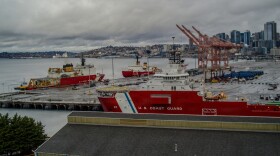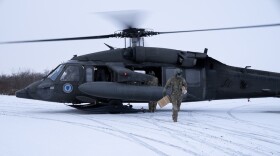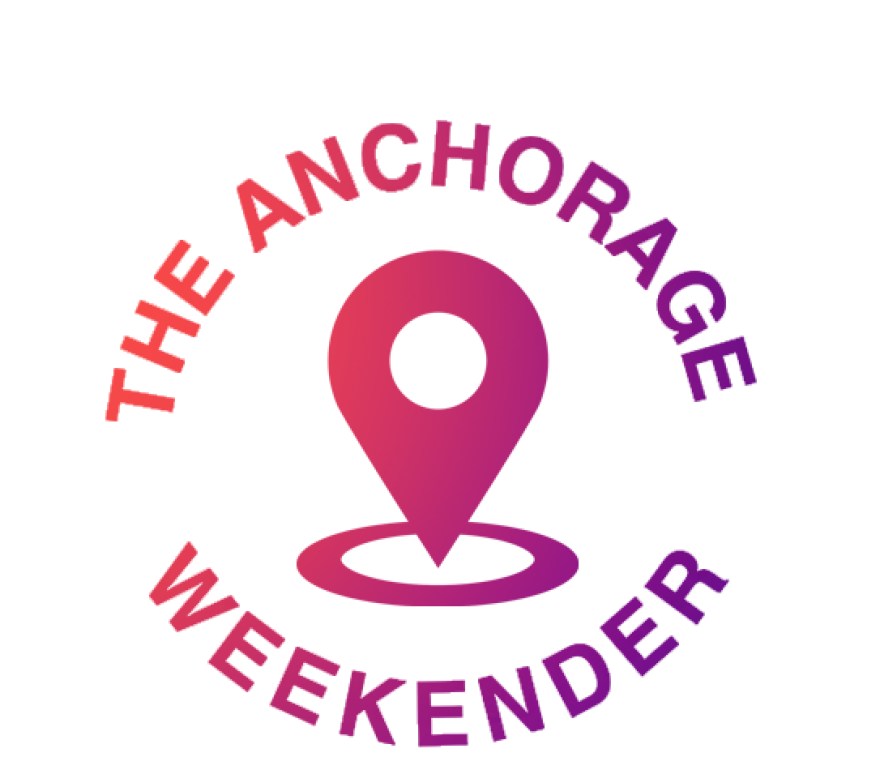Over the past decade, it's become more difficult for commercial halibut fishermen off Alaska's coasts to catch enough to meet their quotas, as the flat whitefish have become less abundant and smaller.
Latest News & Local Programs
-
Immigrants make up a significant proportion of all the country's doctors. New policies are making it harder and less appealing for foreign-born physicians to come to the U.S.
-
The idea of building a road to connect the Yukon and Kuskokwim rivers has been studied for decades, but a new program spearheaded by the state transportation department could finally make the link between Alaska's two longest waterways a reality.
-
Thousands of Alaskans who rely on the federal marketplace for health insurance are experiencing sticker shock as they apply for coverage for the coming year.
-
The Trump administration and Congress, seeking to improve security, have approved funding for eight icebreakers and are planning even more.
-
Tech companies are pouring billions into AI chips and data centers. Increasingly, they are relying on debt and risky tactics. Financial analysts are worried there's a bubble that will soon pop.
-
Alaska's legislative auditor issues a warning about degrading state services.
-
Soupy black trash water, once trucked south and dumped into Cook Inlet, is now treated and vaporized above the landfill.
-
Officials with the National Guard told state legislators about the decision just days before a federal judge temporarily ordered an end to deployments in the nation’s capital.
-
The film will also be shown at the Anchorage International Film Festival on Dec. 13 at 3 p.m.
-
Millions of Americans face sharply rising costs for health care plans they bought through the Affordable Care Act marketplaces, unless Congress acts soon. Here's what's at stake for them.
Thanks to our sponsors
Join us for two-nights of unforgettable programs that honor the heart, heritage, and future of public media in Alaska.
More from AKPM
Your weekly guide to the best events and happenings around town.





















